Increase in Remote Work Opportunities
The Small Office Home Office (SOHO) Service Market is experiencing a notable increase in remote work opportunities. This trend is driven by the growing acceptance of telecommuting across various sectors. According to recent data, approximately 30% of the workforce is now engaged in remote work, which has led to a surge in demand for SOHO services. These services include high-speed internet, ergonomic furniture, and home office equipment, which are essential for maintaining productivity in a home environment. As more individuals seek to establish efficient workspaces at home, the SOHO Service Market is likely to expand, catering to the needs of remote workers who require tailored solutions for their specific work requirements.
Growth of E-commerce and Online Retail
The growth of e-commerce and online retail is significantly impacting the Small Office Home Office (SOHO) Service Market. With more consumers turning to online shopping, there is a corresponding increase in the need for home-based businesses and entrepreneurs. This shift has led to a rise in demand for SOHO services, including logistics support, inventory management solutions, and digital marketing services. Recent data suggests that e-commerce sales have surged by over 30%, indicating a robust market for home-based enterprises. As more individuals establish online businesses, the SOHO market is expected to thrive, providing essential services that cater to the needs of these emerging entrepreneurs.
Focus on Health and Wellness in Workspaces
The focus on health and wellness in workspaces is becoming a pivotal driver for the Small Office Home Office (SOHO) Service Market. As awareness of the importance of mental and physical well-being grows, individuals are increasingly investing in home office setups that promote a healthy work environment. This includes ergonomic furniture, proper lighting, and air quality solutions. Recent studies indicate that a well-designed workspace can enhance productivity by up to 20%. As a result, the demand for SOHO services that prioritize health and wellness is likely to increase, reflecting a broader trend towards creating conducive work environments that support overall well-being.
Rising Demand for Customized Office Solutions
The Small Office Home Office (SOHO) Service Market is witnessing a rising demand for customized office solutions. As individuals seek to create personalized work environments that reflect their unique preferences and needs, service providers are responding with tailored offerings. This trend is evident in the increasing sales of modular office furniture and ergonomic accessories, which have seen a growth rate of approximately 25% in recent years. Customized solutions not only enhance comfort but also improve productivity, making them attractive to remote workers. Consequently, the SOHO market is likely to expand as more consumers prioritize personalized office setups that cater to their specific work styles.
Technological Advancements in Office Solutions
Technological advancements are significantly influencing the Small Office Home Office (SOHO) Service Market. Innovations in cloud computing, collaboration tools, and communication platforms are reshaping how individuals operate from home. For instance, the adoption of cloud-based software has increased by over 40% in the last year, enabling seamless collaboration among remote teams. This shift not only enhances productivity but also drives the demand for SOHO services that integrate these technologies. As businesses continue to invest in digital solutions, the SOHO market is poised to benefit from the growing need for advanced office solutions that facilitate efficient remote work.
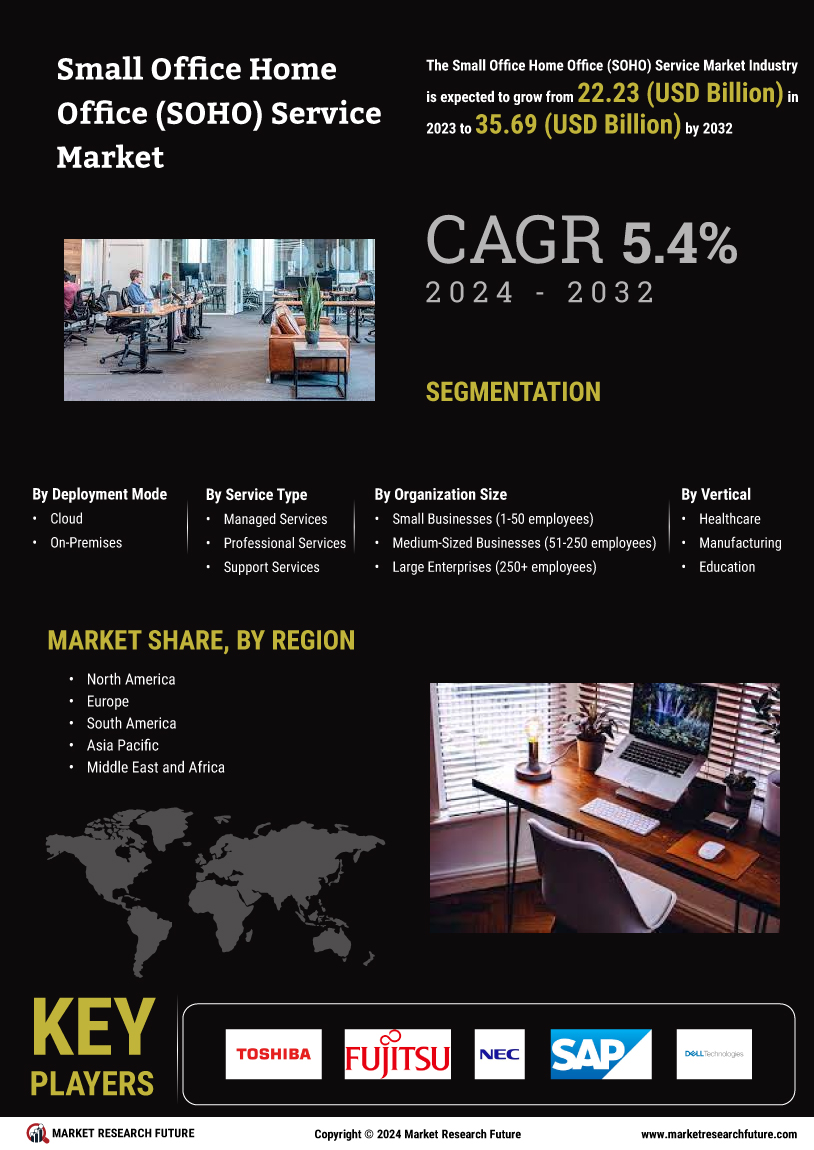

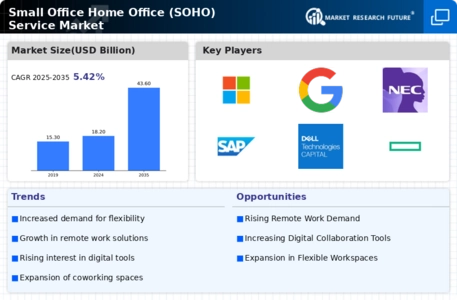
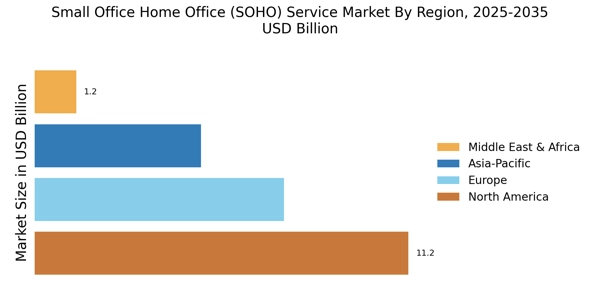
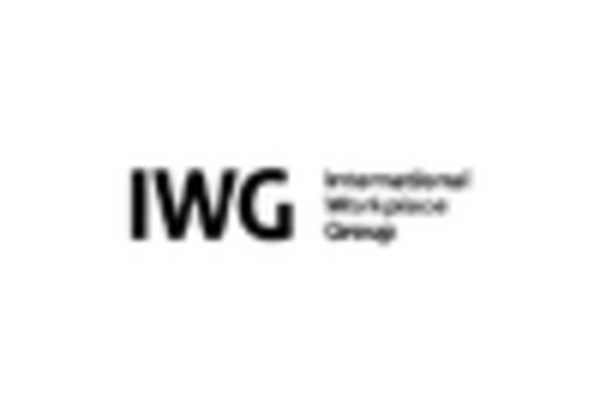
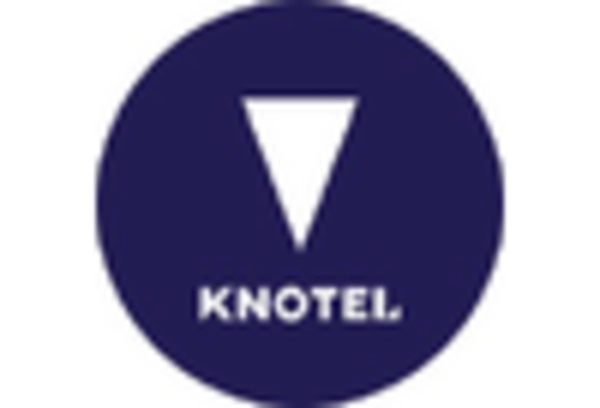
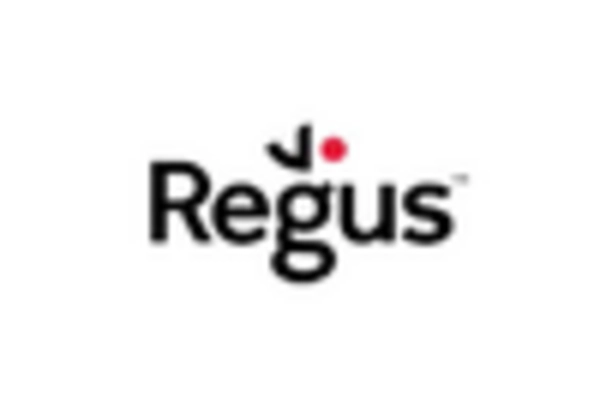


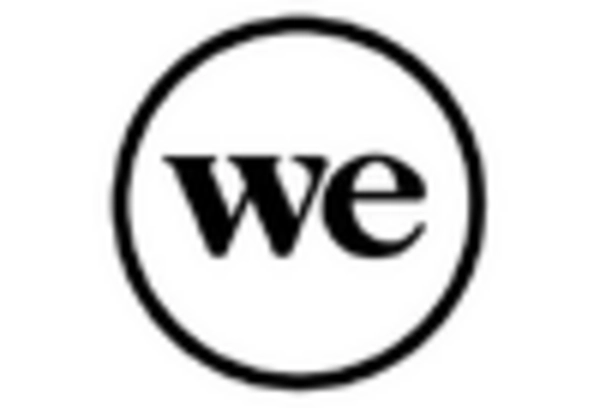








Leave a Comment